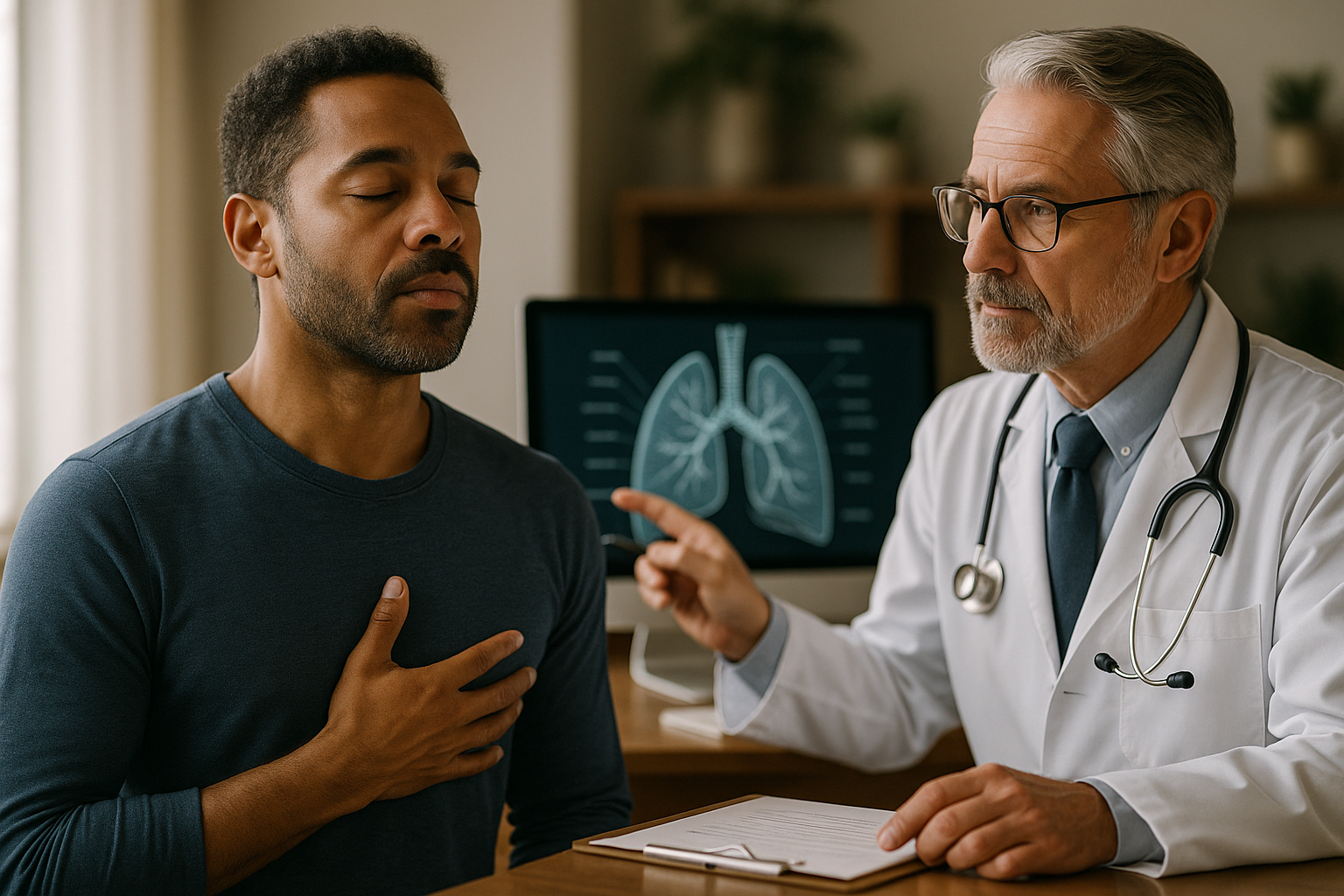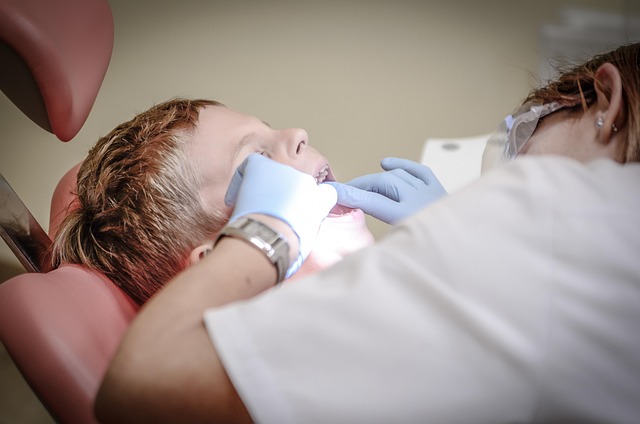Pulmonary Fibrosis: Causes, Diagnosis, and Management
Pulmonary fibrosis is a condition in which lung tissue becomes scarred and less flexible, reducing the lungs’ ability to expand and transfer oxygen into the bloodstream. Symptoms commonly include progressive shortness of breath, a persistent dry cough, and decreased exercise tolerance. The pace of disease progression varies by cause and individual factors; accurate diagnosis and coordinated medical care guide treatment choices and supportive measures that help maintain quality of life.

This article is for informational purposes only and should not be considered medical advice. Please consult a qualified healthcare professional for personalized guidance and treatment.
How do lungs function?
The lungs move air to tiny air sacs called alveoli where oxygen crosses thin membranes into the blood and carbon dioxide is removed. Air travels through branching airways, and elastic connective tissue supports expansion and recoil. A healthy interstitium and capillary network maximize surface area for gas exchange. When scar tissue replaces normal architecture, lung compliance falls and gas transfer is impaired, which explains exertional breathlessness and reduced oxygenation seen in many lung disease processes.
What is lung disease?
Lung disease refers to a broad group of conditions affecting airways, alveoli, interstitial tissue, or pulmonary vessels. Categories include obstructive diseases such as COPD and asthma, infectious conditions, vascular disorders, and interstitial diseases like pulmonary fibrosis. Causes range from smoking and environmental exposures to medications, autoimmune disorders, and genetic factors. Recognizing patterns—onset, cough character, sputum production, and imaging—helps clinicians narrow the diagnosis and select appropriate medical testing and management strategies.
What is pulmonary fibrosis?
Pulmonary fibrosis describes scarring of the lung interstitium that reduces elasticity and gas exchange. The process often follows repeated or unresolved lung injury with an abnormal repair response that deposits excess connective tissue. Some cases have identifiable causes such as occupational exposures, certain drugs, radiation, or connective tissue diseases; many are idiopathic. Typical symptoms are progressive exertional dyspnea and a dry cough. Physical exam may reveal fine crackles at the lung bases and, in some people, digital clubbing. Disease course and prognosis vary by subtype.
What medical tests are used to diagnose it?
Diagnosis combines medical history, physical examination, imaging, and lung function testing. High-resolution CT scanning is central for visualizing patterns and distribution of fibrosis. Pulmonary function tests often show restrictive physiology and a reduced diffusing capacity for carbon monoxide (DLCO). Exercise testing, such as a six-minute walk test, quantifies exertional desaturation and functional capacity. Blood tests may screen for autoimmune causes, and in selected cases bronchoscopy with lavage or surgical lung biopsy clarifies unclear diagnoses. Multidisciplinary review strengthens accuracy of the final diagnosis.
How is pulmonary fibrosis treated for health and function?
Management focuses on slowing progression when possible, relieving symptoms, and preserving quality of life. Antifibrotic medications are available for specific forms and can reduce the rate of decline in lung function for some patients. Supplemental oxygen treats resting or exertional hypoxemia, and pulmonary rehabilitation improves stamina and symptom control through exercise training and education. Treating comorbidities such as pulmonary hypertension, preventing infections with vaccination, and stopping smoking are important health measures. Advanced disease may prompt discussions about transplantation or palliative care depending on individual goals.
Where to find local services and support in your area?
Care typically involves a multidisciplinary team including pulmonologists, respiratory therapists, rehabilitation specialists, and primary care clinicians. Many hospitals have interstitial lung disease programs or pulmonary fibrosis clinics that coordinate evaluation and follow-up. Local services can include pulmonary rehabilitation centers, home oxygen providers, and community support groups that offer education and peer connection






